Riots make for great television.
Freddie Gray’s death on April 19 sparked weeks of peaceful demonstration, protests and outcry across Baltimore. But after his funeral on Monday, April 27, a confrontation between a large group of young people and city police, which ended in over 200 arrests, caught the attention of the world media; “thugs” looted and burned a CVS and several stores in west Baltimore and other communities, according to both the mayor and the country’s president.
“Before anyone classifies us as thugs, well this is what happens when youth are always placed on the back burner,” said Jazmine Brooks, who graduated from a West Baltimore high school in 2012. “The riots are not acceptable, when no one wants to help create a solution to issues that run back decades. You can’t be too surprised.”
Outside of Baltimore, it might be logical to watch this week’s coverage and assume residents are only expressing their anger through violence. The past week has been filled with peaceful marches, some organized and led entirely by youth, and neighborhoods across the city are cleaning up and coming together in support. But many news outlets still seem to be watching and waiting for the next brick to fly at an officer or through a corner store window.
As residents, community leaders and elected officials work for peace, Baltimore City youth are raising their own voices not just for justice, but for the real Baltimore to surface in the midst of the television glare.
“Baltimore is like a diamond in the rough, but with both parts. We’ve got beautiful parts but also some really tough problems,” 17-year-old Denis Bauerschmidt Sweeney said, who has been active in the peaceful protests all week. “People turn on television and say ‘Oh, no, that city is on fire and there are riots in the street’, and can’t see past that to the good things.”
Sweeney said he thinks that although protests had the potential for small victories, the violence of a small group is overshadowing the larger positive movement.
“We had probably 10,000 people marching Saturday [April 25], but the media treated us like a footnote,” Sweeney said.
Travoye Joyner, age 16, said he asked his mom if he could participate in the peaceful protests last week. But because of the potential clash with police, his mother turned him down and he abided by her decision. Joyner said his mom felt he would stand out to police as more potential trouble than white protesters because he is African American.
“There’s a difference between wanting to protest and wanting to destroy, but those kids were just in a pressure cooker,” Joyner said. “(Gray’s) killing just made them explode but there are a lot of other issues going on.”
The mayor declared a state of emergency, which came with an almost week-long 10 p.m. curfew and 4,000 National Guard troops. (Note: As I sat with students for this interview, a large National Guard vehicle drove down the street and we encountered two other guards on foot.)
On Friday, after the announcement that Gray’s death had been ruled a homicide and the Maryland State Attorney filed charges against six police officers, Joyner said he realized the event would stand out in his mind as the exception to his other experiences with police.
“I didn’t think the system would change because it’s always been this way,” Joyner said. “It’s sad that this will stay in my mind as breaking a pattern of injustice. It’s progress, but I shouldn’t have to remember specific isolated instances of justice.”
The hashtag #therealBaltimore circulated on social media all week as well, though, from teachers and community members trying to emphasize the peaceful, cooperative mindset of the city. While some pictures focused on classrooms of youth engaged in science labs or food drives, others showed people’s positive interactions with law enforcement, including casual conversations or deliveries of food and water to both city police officers and the National Guard.
Brennan Colson, 18, lives in Halethorpe, Maryland, and commutes into the city to attend a pre-professional performing arts school each day. He tries to educate himself about police interactions and his rights, but said because he is white, he will not have to interact with them as much as his black classmates, he said.
But what happened in Baltimore isn’t simply a matter of individual racism; three of the six officers involved are African American, and the city’s mayor, police chief, and state attorney are all black.
“People like to use black politicians as an excuse and say, ‘Well we have a black president so how could there still be discrimination?’ But we still see the problems with prejudice happening,” Colson said.
Colson, Sweeney and Joyner all said the protests are in response to Gray’s death, but also represent a call for change to several problems facing the city, including the education system. Joyner said he was lucky to be in an honors track at his middle school in west Baltimore, but his classmates identified as less motivated were not given the same chances to learn. Sweeney also pointed to their current high school as an outlier in an otherwise struggling school system.
Sweeney said that as people in other parts of the country watch the coverage of Baltimore, he wants them to realize that they should get involved in conversations and activism in their own communities.
“Not taking a side in a situation of oppression is supporting the oppressor,” Sweeney said.
As the justice system moves forward with potential trials for officers, the city has a long road ahead with possible conflicts and continued protests. But Sweeney and Joyner both said they represent their city with pride.
“Baltimore will come back from this strong,” Joyner said. “And hopefully we will be better for it in the long run.”
Joy Bacon graduated from Whitworth in 2009 with degrees in Journalism and English and holds a Masters of Arts in Teaching from Johns Hopkins University. She is a high school English teacher in Baltimore City. She interviewed current and former students for this commentary piece.

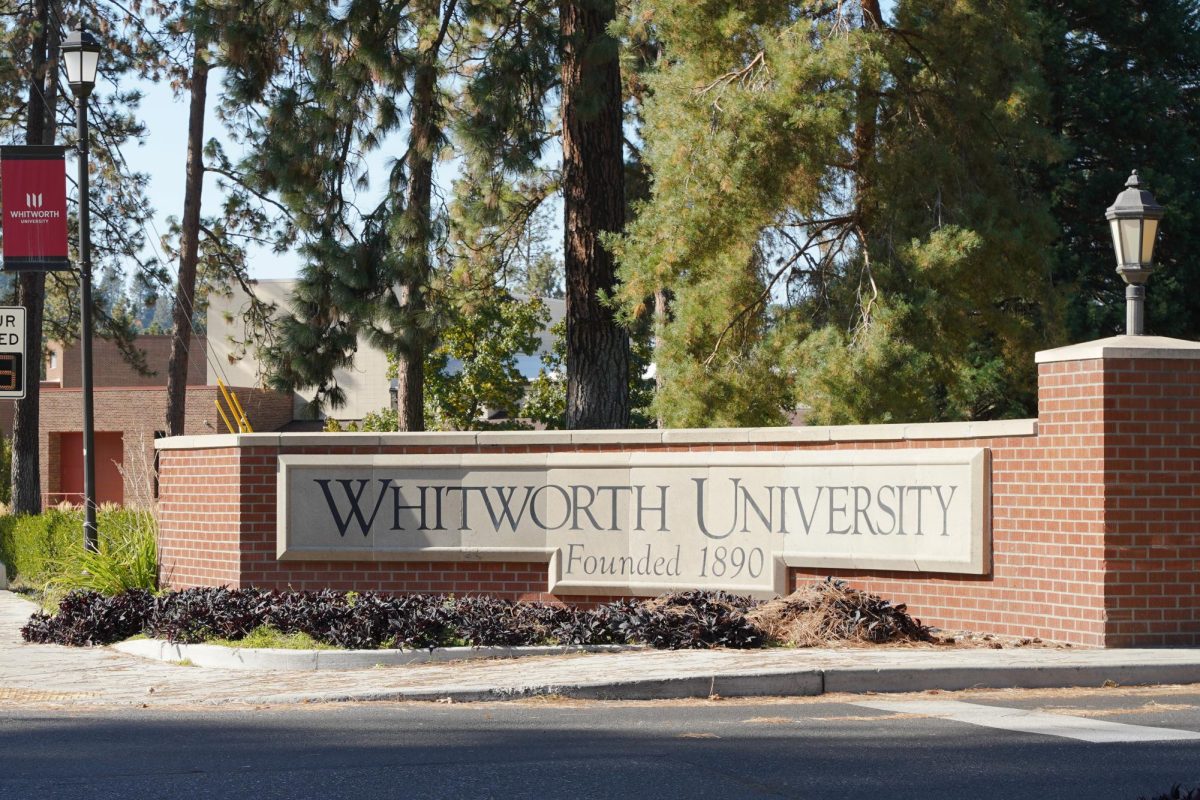
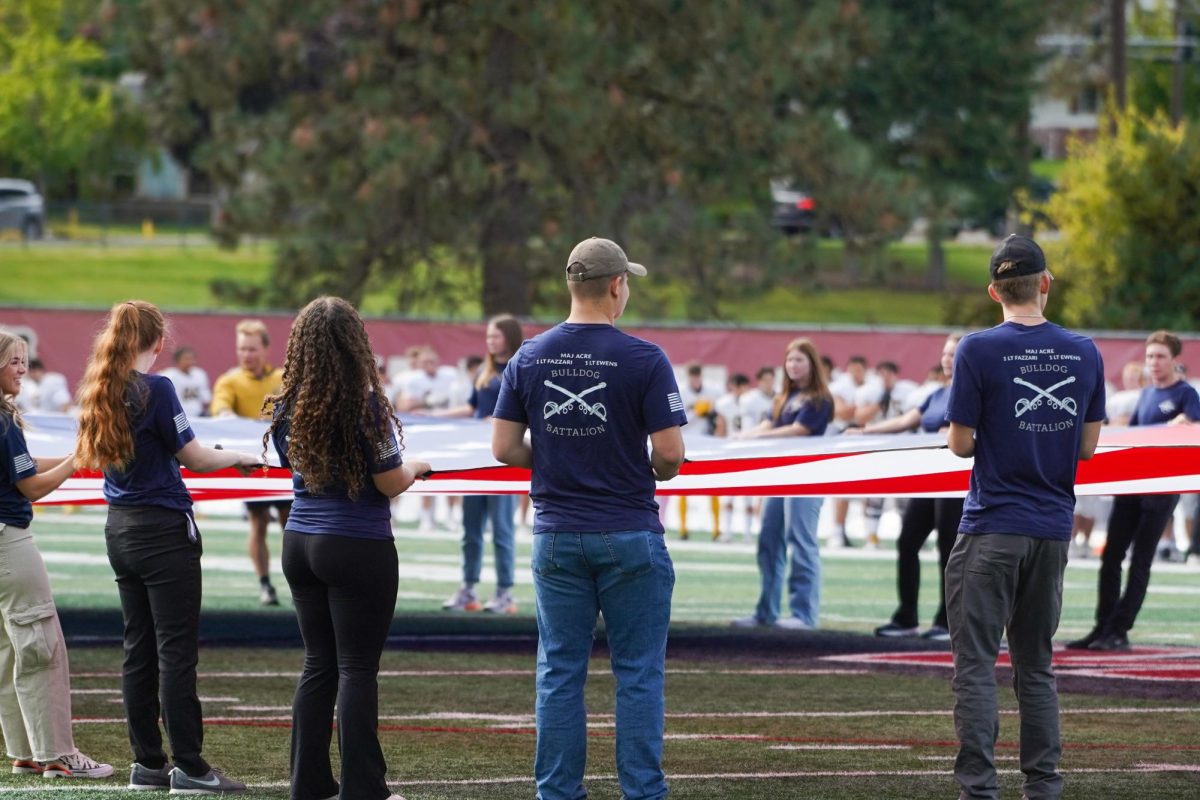
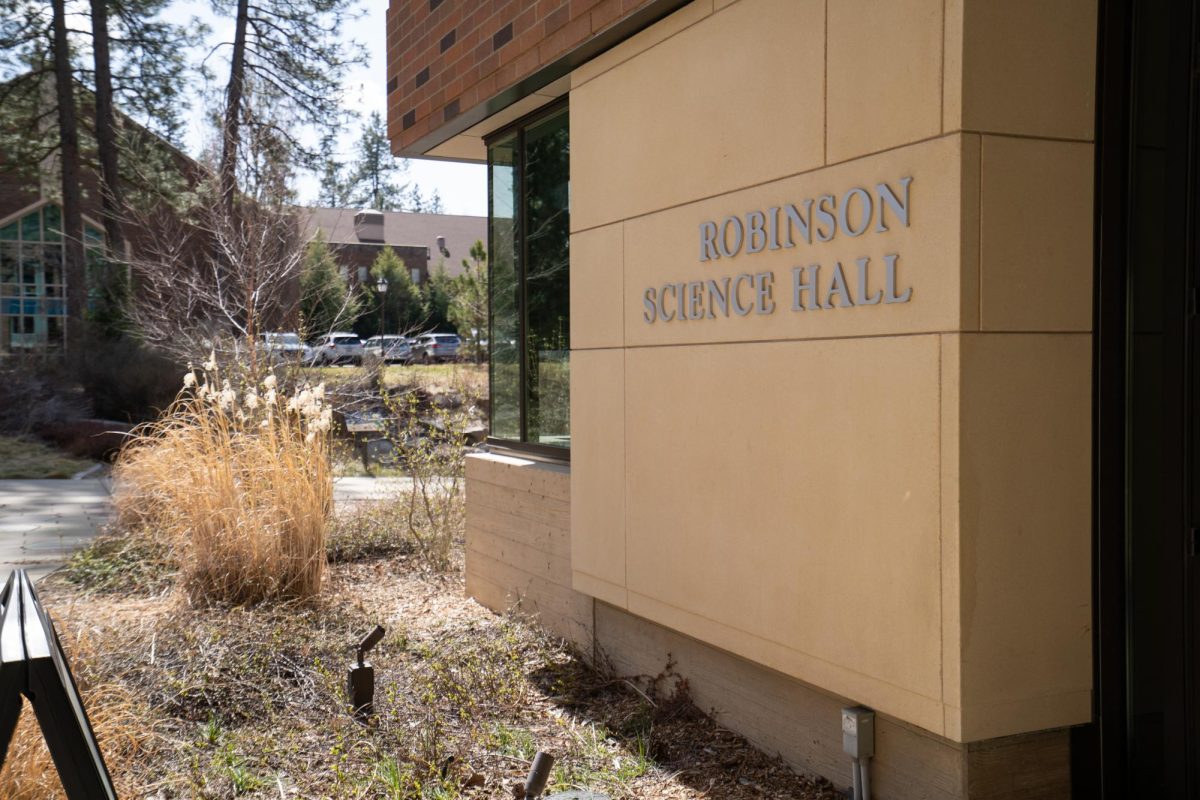
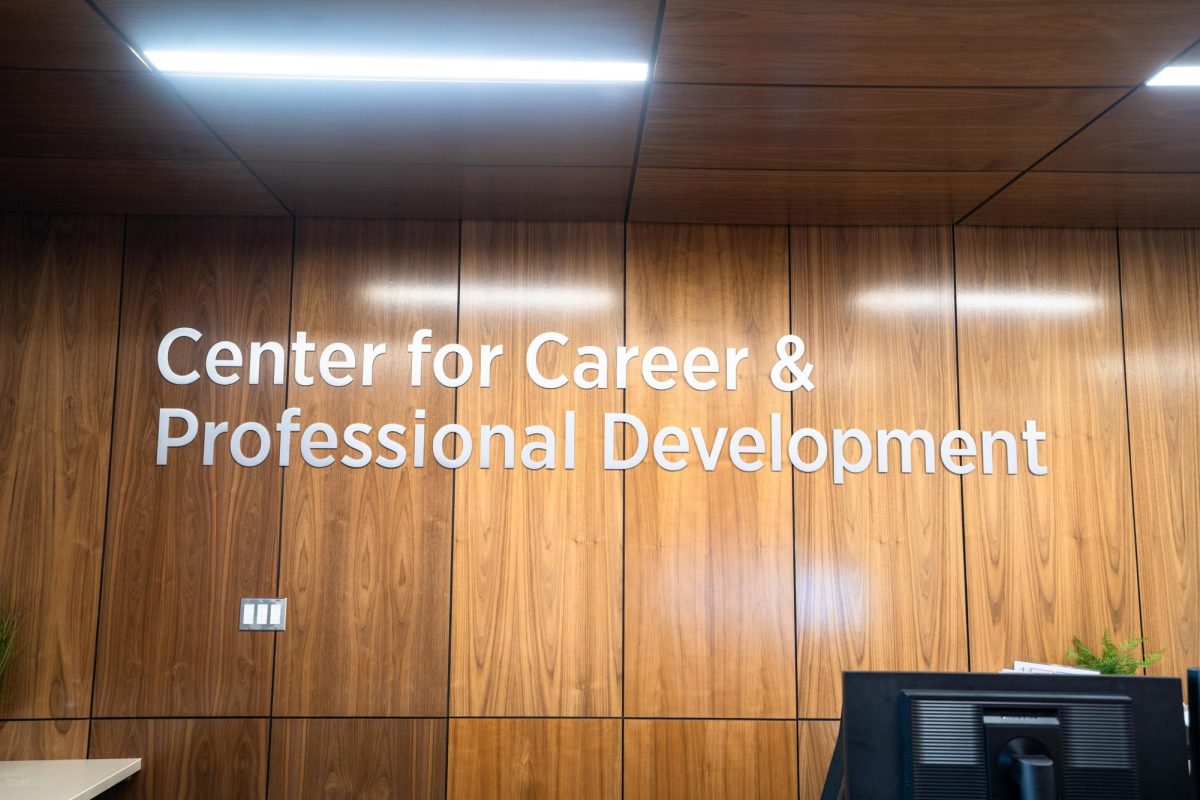
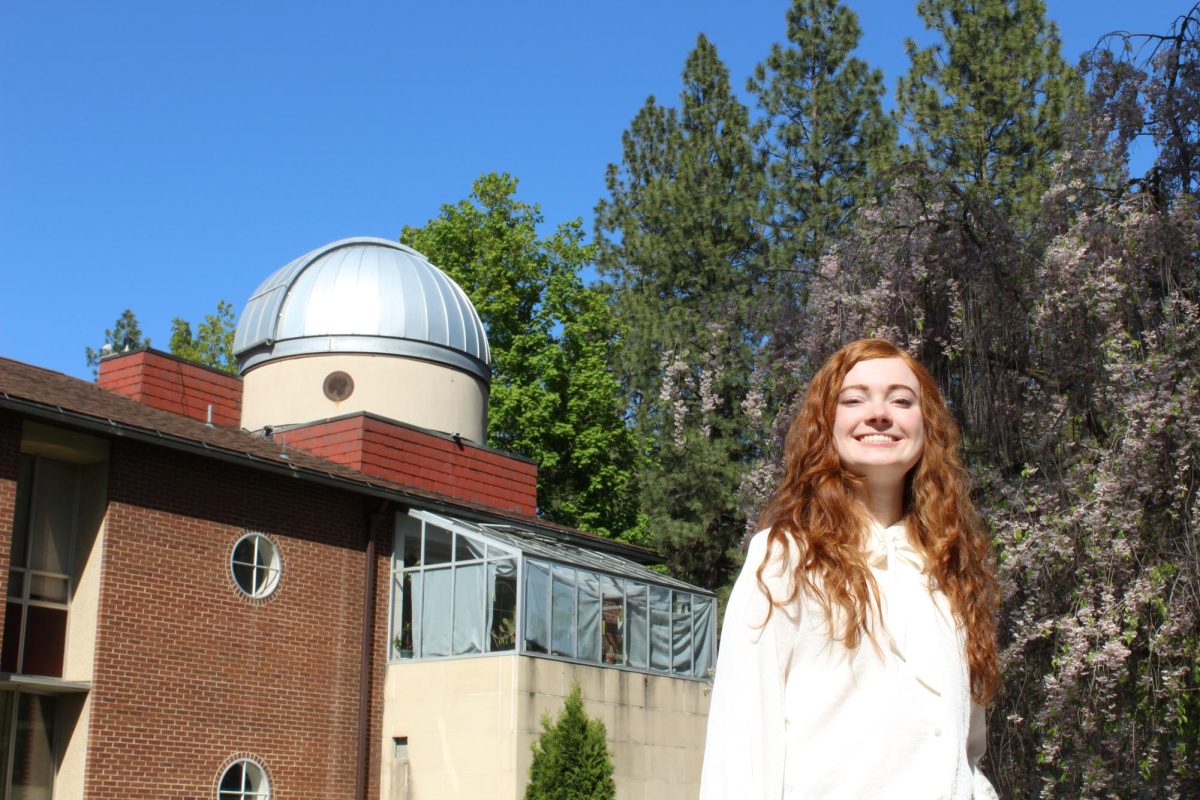
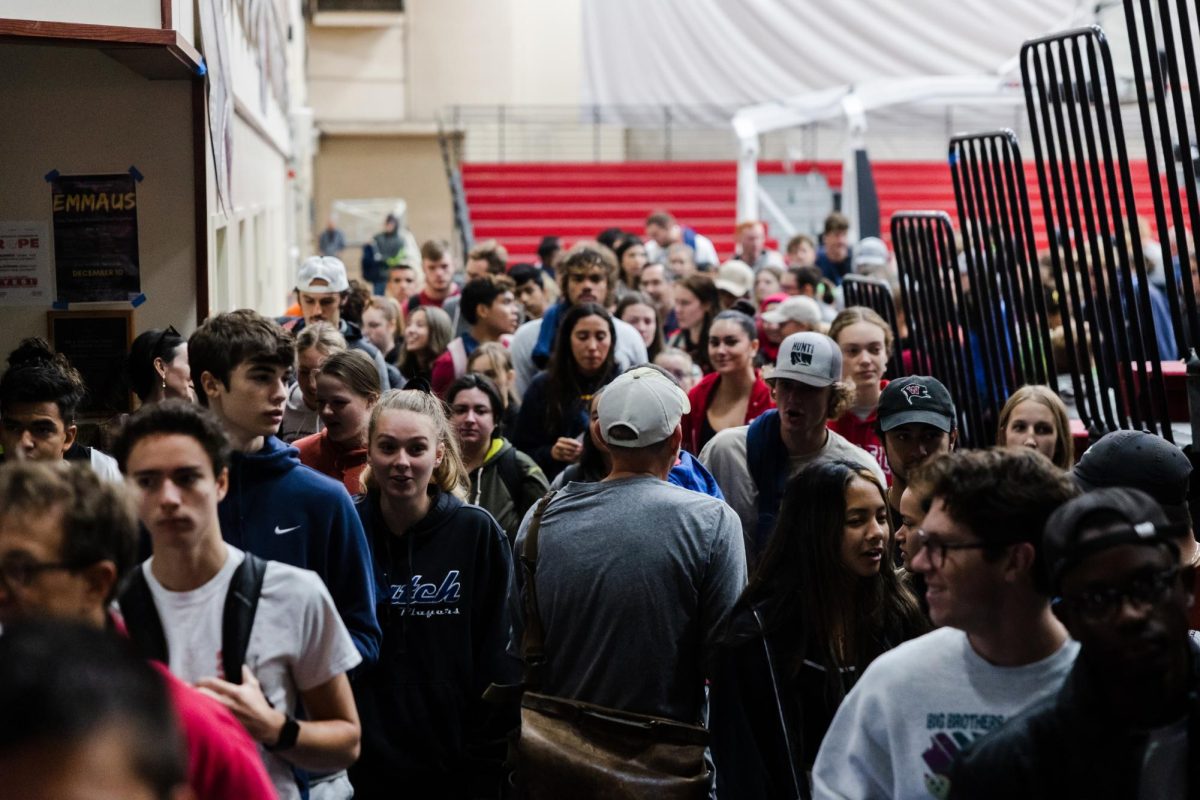
 Spokane?
Spokane?